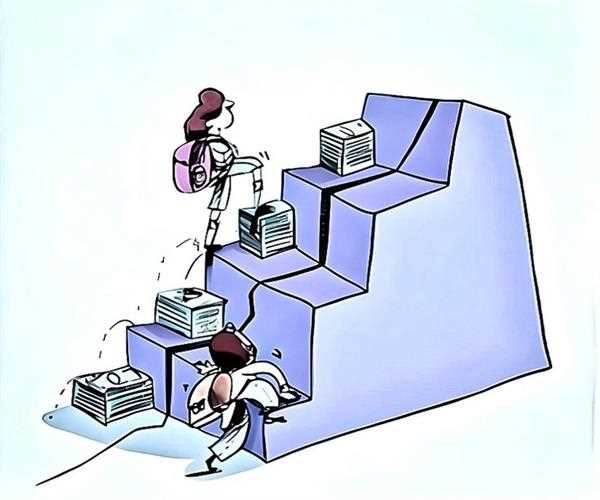The reduction of educational inequality in the whole world calls for a combination of several measures aimed at overcoming systemic barriers, resource gaps and social disparities. Access to quality education for the marginalized communities is certainly one of the most effective strategies. It means offering free or cheap education, developing infrastructure in rural areas, guaranteeing that all the children have those things that are required to learn properly and using technology.
Involving in teacher training and professional development also constitutes another key strategy. To make the best out of education in the underserved areas, well trained educators are needed. There must be continuous training for teachers, competitive salaries, as well as resources that would help teachers meet diverse needs of students.
Additionally, policies that promote inclusive education must also be promoted. Students with disabilities, Gender Disparities and Socio Economic Disadvantages have to be accommodated with the Educational Systems. It necessitates the creation of supportive learning environment, adoption of anti discrimination policies and the provision of scholarships and financial aid to make learning for all equal.

Reduction of educational inequality is aided by the role that technology integration plays. Such platforms provide way for students in the remote, underserved regions to catch up. Technology gives students who would not have access otherwise to online resources such as virtual classrooms, interactive tools, etc.
Finally, close to community engagement as well as partnership between governments, NGOs, and private sectors. This can result in the implementation of innovative programs, sharing of resources and the enactment of policy changes. Integrating community involvement in making decisions and in implementing can make educational solutions cohere and result in longer term progress in terms of eradicating global educational inequality.
Conclusion
Overall, for reducing global educational inequality, there are targeted strategies that need to be identified to address accessibility, quality, and inclusivity. For long term change, it is essential to invest in teacher education, provide access to technology and develop working partnerships with the community to grow
economy. In prioritizing equitable, we can make and build sustainable educational systems where all learners are empowered, by whatever background they have, and whatever challenges they may come up with.